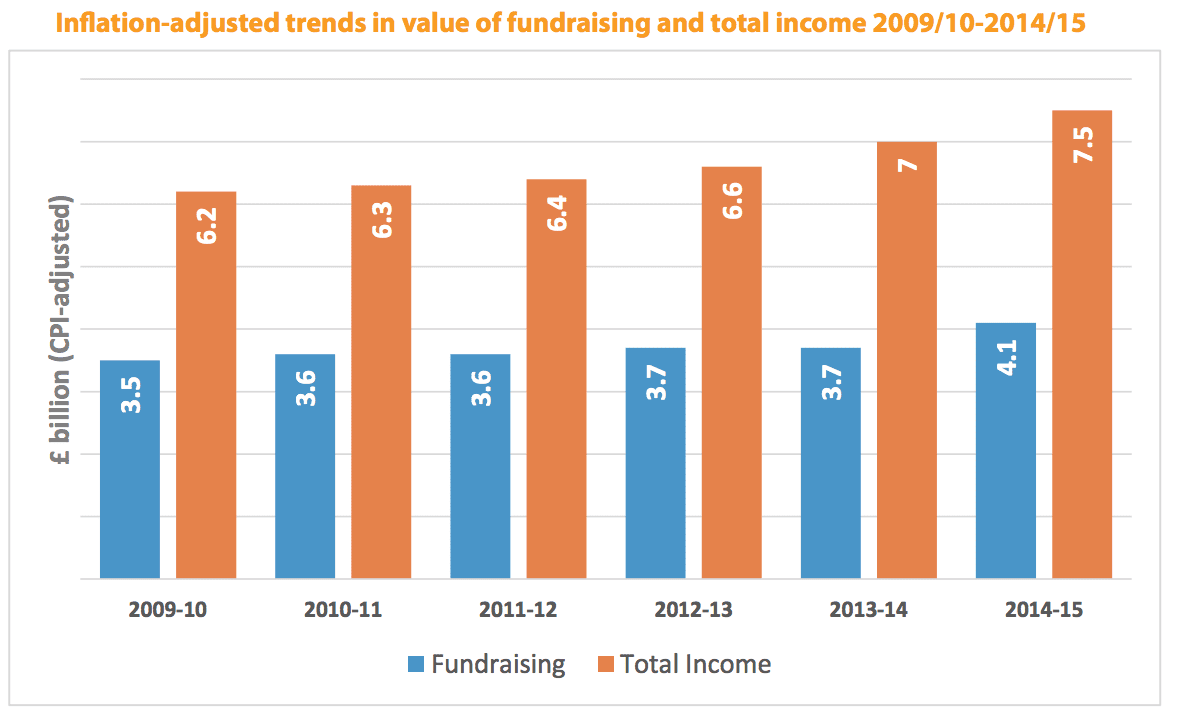Legacy fundraising online research
Last year I was lucky enough to recruit Hugh Stockhill to Bluefrog. For those of you who don't know him, Hugh is our legacy guru. He ran the legacy operation when I was head of fundraising at the YMCA and continued in that position for another ten years up until he joined us at the agency in 2007. Hugh has one of the best understandings of legacies (and the reasons why people give them) of anyone I have ever met.
 One of the first things Hugh instigated on starting with us, was a review of how charities use the web to promote their need for legacies. This was published last summer. The results weren't great. And over the last couple of months, he has repeated the exercise to see if his recommendations on best practice have been more widely adopted.
One of the first things Hugh instigated on starting with us, was a review of how charities use the web to promote their need for legacies. This was published last summer. The results weren't great. And over the last couple of months, he has repeated the exercise to see if his recommendations on best practice have been more widely adopted.
For copies of the reports and presentations all of which contain a massive amount of great information please drop Hugh a line at [email protected].
But, in the meantime, this is Hugh's summary of what he found...
"The three keys to legacy fundraising are service, service and service.
Providing good supporter service is not only the best way to differentiate yourself from competitors, it is an essential part of any strategy to optimise income during the recession.It is perhaps surprising, then, that – particularly when it comes to legacies – many charities appear to be so bad at it.
We have just completed a study of the UK's top 100 charities, looking at how effectively they promote legacies online – and how well they follow up requests for more information.
The most striking statistic is that 39% of charities failed to reply when we asked for legacy information.
Four out of ten Top-100 charities completely ignored our enquiry.
Whilst there are lots of possible explanations, such as dead-end email addresses being left on a website by mistake, there are not really any excuses.
At this level, things are worse than in 2007. In our first test, only 35% failed to send us the materials we requested. But in many other ways things are getting better.
When it comes to offering downloads, for example, there has been a huge improvement. In 2007, only one in five offered information in PDF format. It's now more than one in three. Although it seems remarkable that two thirds of us still miss this most obvious of tricks.
Similarly, making it easy for an enquirer to get in touch has improved. Two thirds provide a contact email address compared with only a half last year.
However, many charities still seem to deliberately make things difficult, with three quarters not providing a telephone number for someone to speak to and more than half not giving the name of the person to contact.
Readability is also a cause for concern, especially given the needs of the target audience. Last year, only two in ten charity websites allowed easy adjustment of text size. That figure has crept up to three in ten.
Why is it that so many leading organisations, who pay such convincing lip service to accessibility, equality and diversity, do not seem to care whether or not the primary target audience for whole swathes of their website will be unable to read them? We should make sure the people who work on our web development regularly read the DDA.
But digital channels are not the only ones where charities make it awkward for older supporters to access information.
We also reviewed the 61 legacy information packs that did make it through. Approximately half used design elements that will be illegible to older supporters. RNIB’s clear print guidelines give freely available advice on things to avoid, but most of it is common sense.
Strangely, this 50% score is good news, being much better than last year, when 85% of materials featured unsuitable design.
Legators are our most important donors. And being of a certain age, they have specific needs that we simply cannot ignore. That includes being able to easily read what we say. It includes being able to communicate in the way that works for them and perhaps, most importantly, it means being treated in a way that shows respect – giving them the materials that they request."
For a copy of the presentation, or of the detailed report, both of which contain a huge amount of additional information and full recommendations please email Hugh at [email protected]
Tags In
The Essentials

Crack the Code to Regular Giving: Insights, Strategies, and a Special Giveaway!

‘Tis Halloween. Keep to the light and beware the Four Fundraisers of the Apocalypse!

Why do people give? The Donor Participation Project with Louis Diez.

A guide to fundraising on the back of a postcard

What does the latest research tell us about the state of fundraising?






